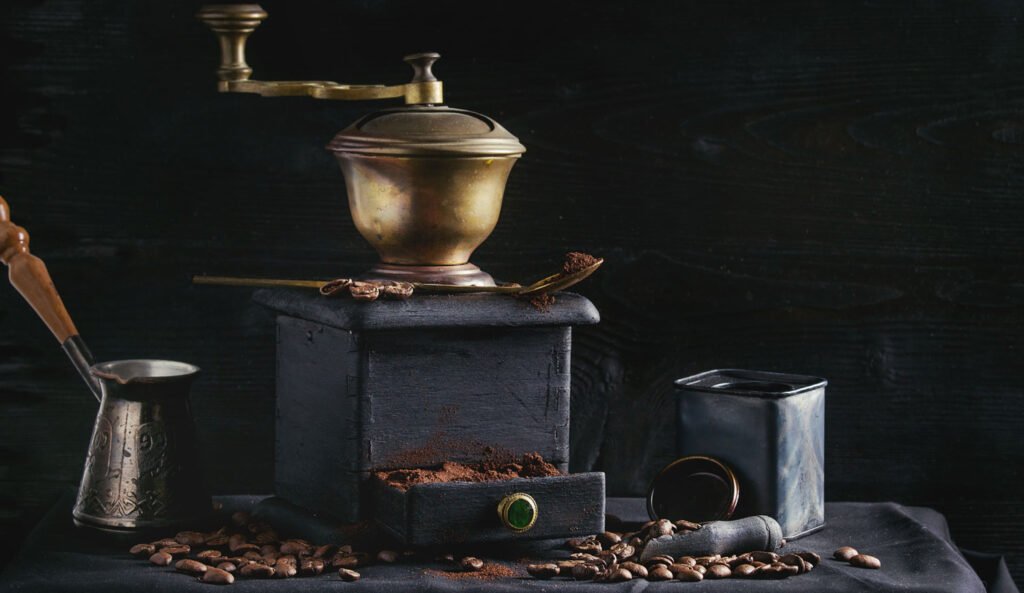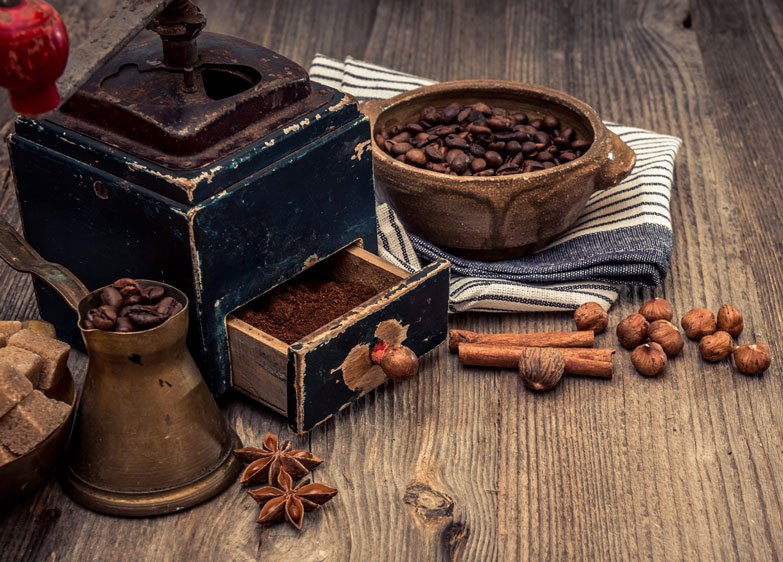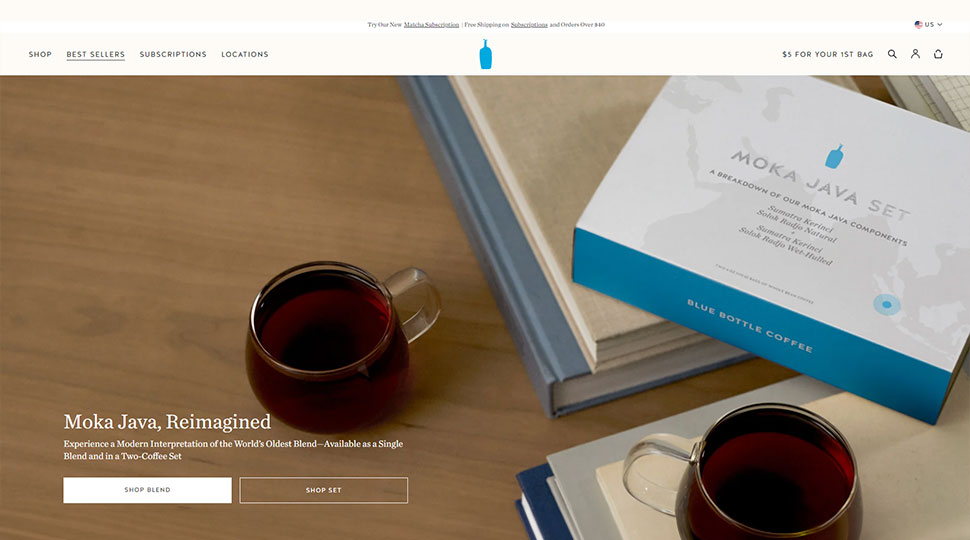Espresso, defined by its Italian roots as a swift and concentrated coffee beverage, has become synonymous with coffee culture across the globe. This rich, full-bodied drink, crafted under high pressure to extract its intense flavor, stands as a hallmark within the coffee industry. The history of espresso is steeped in tradition and innovation, tracing back to the inventive spirits of 19th-century Italy – a journey that reveals both the beverage’s humble origins and its evolution into an icon of modern espresso culture.
As we unravel the layers of espresso’s past, we discover not just the story of a drink, but a narrative that intertwines with societal shifts, technological progress, and a burgeoning global affection for the art of coffee-making. With each sip, espresso offers more than a caffeinated embrace; it provides a window into a cultural phenomenon that transcends borders and generations.

Origins and Early History of Espresso
The history of espresso begins in the bustling cafes and roasteries of late-19th-century Italy, where the quest for a quick cup of coffee brewed under pressure laid the foundation for what would become one of the world’s most beloved beverages. The development of espresso is often attributed to the drive for efficiency during the industrial revolution — a time when speed became synonymous with progress.
Italian inventors experimented with various methods to decrease the time required to prepare coffee, inadvertently setting the stage for a revolution in coffee consumption.
Development in Italy in the late 19th century
In 1884, Angelo Moriondo of Turin patented the first known espresso machine, a bulky and complex piece of machinery designed to brew coffee for a large audience quickly. However, Moriondo’s invention, while pioneering, did not achieve widespread recognition.
It was Luigi Bezzera’s improvements in 1901 and subsequently Desiderio Pavoni’s commercialization of the machine that began to shape the espresso culture as we know it today. Pavoni’s Ideale machine, introduced at the 1906 Milan Fair, captured the imagination of the public and signified a pivotal moment in the history of espresso.
Popularity among Italian citizens
The popularity of espresso among Italian citizens cannot be overstated. With its robust flavor and crema — the creamy, caramel-colored foam that crowns the beverage — espresso quickly became a staple of Italian social life. Espresso bars became lively venues for conversation and exchange, embodying the Mediterranean flair for communion and comfort. Italians embraced the ritual of ‘taking an espresso’ – a process that involved a quick, standing visit to a local café to enjoy a shot of this potent drink, often punctuated by lively banter with the barista or fellow patrons.
The spread of espresso outside Italy commenced in earnest post-World War II when several factors combined to introduce the rest of Europe and America to this distinct and vibrant element of Italian culture. European immigrants, many of whom clung steadfastly to their culinary traditions, carried with them the art of espresso brewing.
Meanwhile, American soldiers returning from the Italian campaign developed a taste for the rich coffee, prompting enterprising individuals to import espresso machines and open the first European-style cafes in cities like New York and San Francisco.
The espresso machine itself also underwent a series of transformations. The introduction of the lever-driven machine in the 1940s by Achille Gaggia marked a significant advancement in espresso technology. Gaggia’s design allowed baristas to produce a more consistent shot with the signature crema, thus elevating the sensory experience of espresso.
This innovation solidified espresso’s prominence within coffee culture and affirmed its rightful place as a distinct and sophisticated coffee variant, decidedly different from the percolated and drip-brewed coffees common in the US at that time.
Expansion to other parts of Europe and America
As espresso culture expanded, it began to influence the customs and coffee habits in Europe and America. The adoption of espresso in other cultures often involved a melding of traditions, yielding unique variations and interpretations of the classic drink. In some regions, primarily where American-style coffee prevailed, the strong and concentrated nature of espresso led to the creation of ‘Americanos,’ crafted by diluting a shot of espresso with hot water to mimic the milder coffee that most Americans were accustomed to drinking.
Nevertheless, by the mid-20th century, espresso had become a mainstay in many European nations, leading to the rise of global coffee empires and further solidifying the history of espresso in the annals of coffee lore. The espresso machine continued to evolve in tandem with the demands of an increasingly sophisticated clientele, spurred by a post-war economic surge that placed a premium on leisure and luxuries, such as enjoying a meticulously crafted coffee drink.
From Italy’s drawing rooms to Parisian bistros and London’s high-street cafes, the allure of espresso captivated a continent enamored with the aura of Mediterranean living. It marked a universal acceptance and appetite for espresso culture, transcending its Italian origins to become a global phenomenon. What began as a quest for convenience in Italy’s coffee houses ultimately culminated in a sweeping espresso culture that forever altered the fabric of social and culinary history.
Modern Day Espresso Culture

Modern-day espresso culture reflects a continued global fascination and deep appreciation for the art of espresso brewing, a testament to its entrenched position in our collective culinary heritage.
The rise in popularity of espresso and its myriad variations has brought about a revolution in the way society consumes and perceives coffee. The drink that originated from a desire for speed and convenience now demands a thoughtful pause to savor the complexity of flavors that a simple shot of espresso provides.
Rise In Popularity Worldwide
As coffee consumption skyrocketed in the late 20th and early 21st centuries, so too did the proliferation of specialty coffee shops, cafes, and restaurants featuring espresso-based drinks. These establishments have embraced the history of espresso, celebrating its rich origins while introducing the beverage to a wider audience through education and sensory experience.
Baristas, much like sommeliers in the world of wine, often undergo detailed training to understand the nuances of coffee beans, roasting profiles, grind sizes, and brewing techniques to ensure each cup of espresso served meets exacting standards.
In cities around the world, from Seattle to Sydney, a new kind of communal space has emerged, with the specialty coffee shop at its core—an environment designed not only to indulge in expertly crafted espresso but also to encourage social interaction, remote work, and creative collaboration. Customers have come to expect a diverse menu of espresso drinks, including lattes, cappuccinos, macchiatos, and flat whites, each offering a unique experience of espresso delicately balanced with steamed or frothed milk.
This culinary evolution speaks to the sophistication of modern espresso culture, where consumers are knowledgeable about bean origin, roast date, and the significance of single-origin versus blended coffees.
Growth of specialty coffee shops, cafes, and restaurants featuring espresso drinks
Espresso culture has not only altered the landscape of coffee consumption but also sparked a movement toward ethical and sustainable practices within the industry. As the demand for high-quality coffee beans grew, so did the awareness of ethical sourcing and fair trade practices. Consumers began to pay closer attention to the journey of their espresso beans—from the farmers cultivating the coffee to the methods employed in harvesting and processing. Specialty coffee shops embraced this shift by championing direct trade, which ensures farmers receive a fair price and consumers enjoy the highest quality beans, while also supporting eco-friendly and ethical farming methods.
This new wave of espresso enthusiasts has also driven innovation in brewing methods and equipment, with technology continually refining the way espresso is extracted. Modern espresso machines boast precise temperature controls, programmable pressures, and smart technology that allows for consistency and customization unheard of in the early days of espresso brewing. From super-automatic machines that grind, dose, tamp, and extract at the touch of a button, to manual, artisanal devices that allow the barista complete control over the extraction process, there is an espresso machine to suit the style and ethos of every coffee shop.
Moreover, the craft of espresso has spilled over into the home, with a plethora of consumer-friendly machines, grinders, and accessories making it possible for coffee aficionados to pursue their passion from their own kitchens. Home brewers can now enjoy experimenting with different beans, grinds, and brewing pressures, taking part in a global community of espresso lovers who share tips, techniques, and results on social media platforms.
Innovations in brewing methods and equipment
The evolution of espresso culture is not merely about the drink itself but extends to its associated paraphernalia. The market has responded with advanced grinders that ensure the perfect coffee particle size for optimum extraction, digital scales for precise measurements, and custom tampers for the ideal compression of the coffee puck.

Training schools and courses have emerged to teach both baristas and enthusiasts the science and the art that goes into making the perfect espresso.
As espresso culture continues to gain momentum, it invites people to explore coffee’s rich history and connect over a cup of carefully crafted espresso. The confluence of innovation, tradition, and storytelling ensures that every espresso enjoyed is not just a beverage but a conversation starter, an invitation to learn more about the drink’s fascinating journey from an Italian invention to a worldwide delight.
The history of espresso serves as a backdrop to a culture that is ever-evolving, reflecting the tastes and technologies of the times while remaining true to the timeless allure of espresso’s deep roasty flavor and concentrated complexity.
The Last Drop
The espresso narrative is a blend of innovation, culture, and social evolution from its roots in 19th-century Italy to the global sensation it is today. Espresso not only represents the epitome of coffee craftsmanship but also stands as a symbol of community and connection across different cultures. As espresso culture thrives, it promises to keep evolving, with new brewing methods and a commitment to sustainability shaping its future.
Each cup of espresso is more than a beverage; it’s the continuation of a story that we all share—a story that welcomes future chapters as rich and bold as the drink itself. Keep exploring this ever-unfolding journey with us.
Stay updated on the unfolding espresso tale. Subscribe to our website for timely notifications of new articles, events, and videos that celebrate the robust history and vibrant espresso culture.








